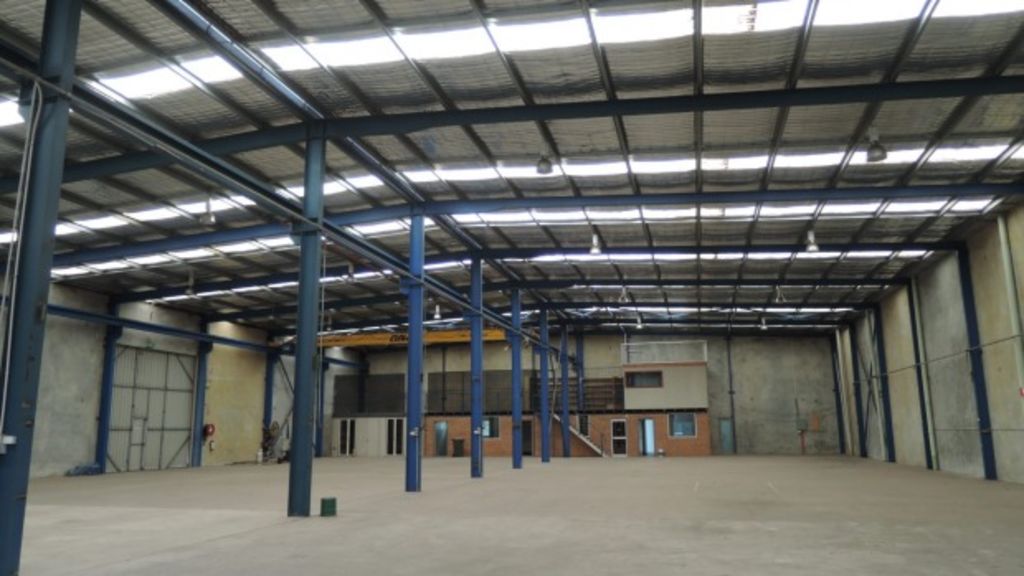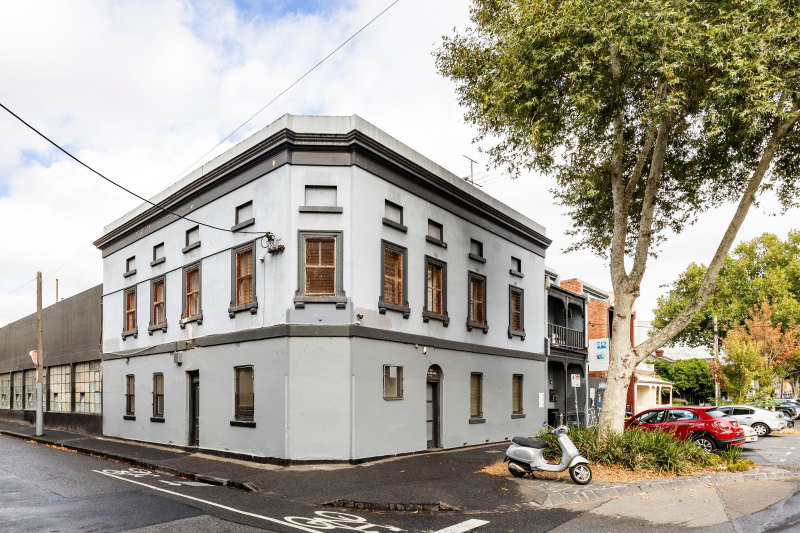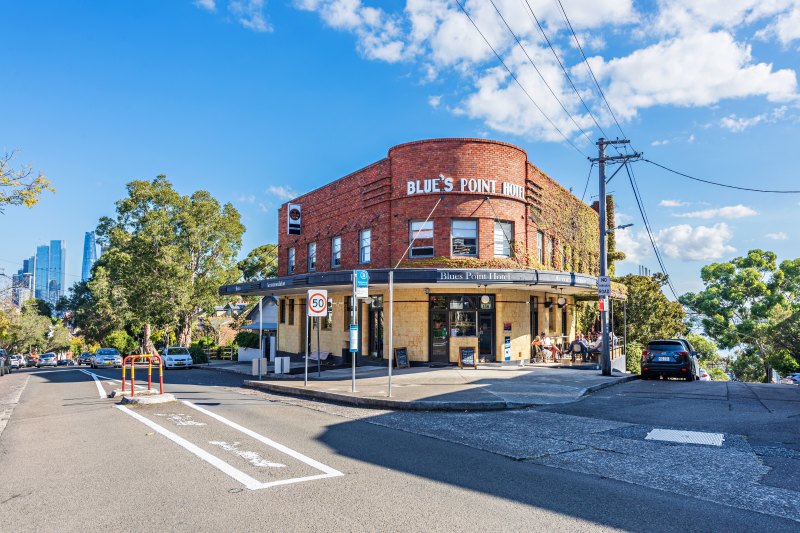
Melbourne industrial rents to tumble: BIS
Landlords in Melbourne’s south-east industrial market are set for two more challenging years with BIS Shrapnel forecasting average incentives to rise from 26 to 30 per cent by 2018.
With asking rents stagnating at $81 per square metre, prime effective rents are forecast to fall 7 per cent to $54 a square metre by 2018. Pre-GFC they averaged $77 per square metre.
“This is good news for tenants looking to renegotiate leases at attractive rents but bad news for building owners with current or upcoming vacancies who may struggle to compete against pre-lease deals on offer and to fund the additional incentive costs,” said BIS Shrapnel’s Lee Walker.
BIS Shrapnel expects incentives to rise due to weaker levels of net absorption as the state economy slows, combined with above average levels of new supply coming online at the same time as Ford, Holden and Toyota close their manufacturing facilities.
 Melbourne SE industrial rents.
Melbourne SE industrial rents.
“Owners with vacant industrial buildings and developers will intensify competition to secure tenants, placing upward pressure on incentives – for both prime and secondary space,” Mr Walker said.
This could create problems for private investors who may not be able to fund the higher incentive costs while institutional investors will be able to spread the cost across their large portfolios and offset it against firming yields and rising capital values.
“Private owners with current or forthcoming vacancies are likely to be the biggest losers,” Mr Walker said.
Savills industrial director for south-east Melbourne, Lynton Williams disagreed. “Private owners tend to hold smaller industrial properties under 10,000 square metres where the incentives aren’t generally 20 per cent plus and there isn’t an oversupply in that market,” he said.
“These large incentives being offered by the property trusts may not last because the industrial land supply is tightening which will ultimately put a brake on supply.”
Get a weekly roundup of the latest news from Commercial Real Estate, delivered straight to your inbox!







